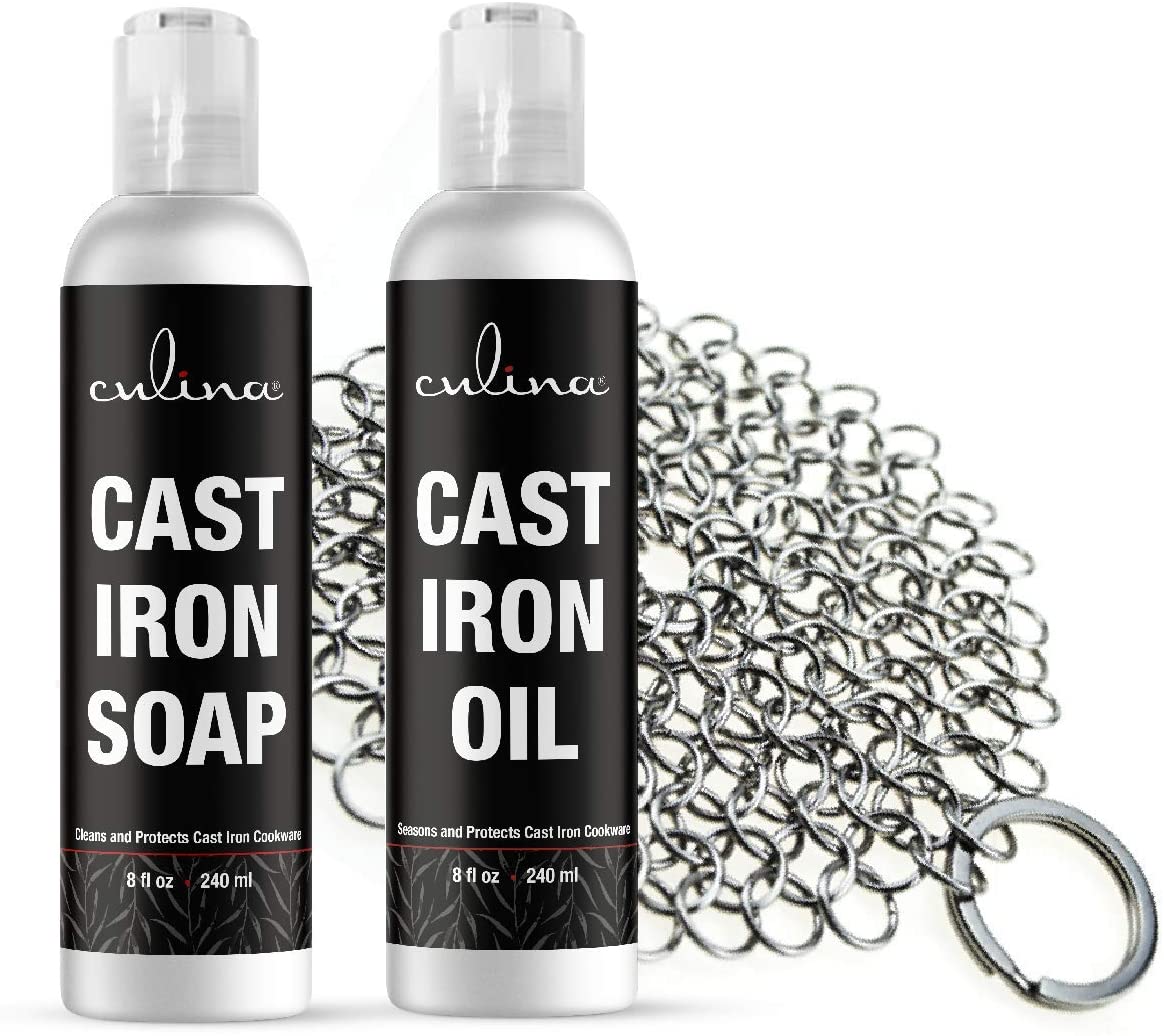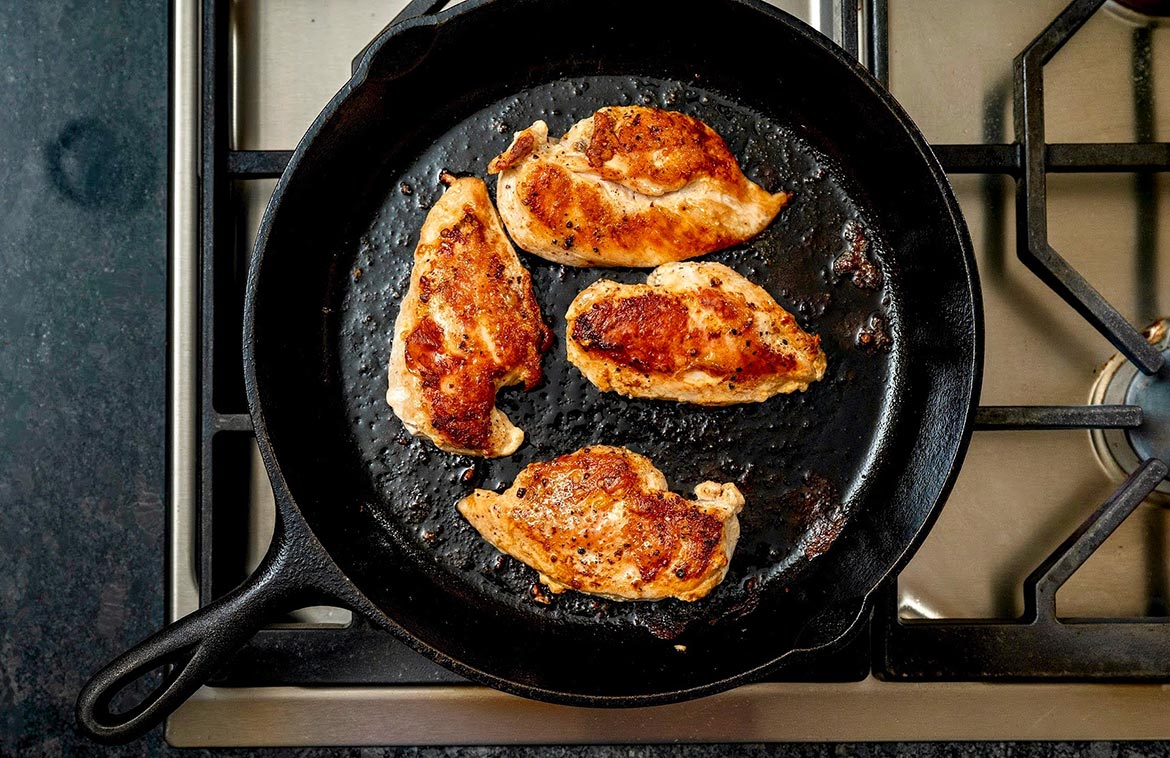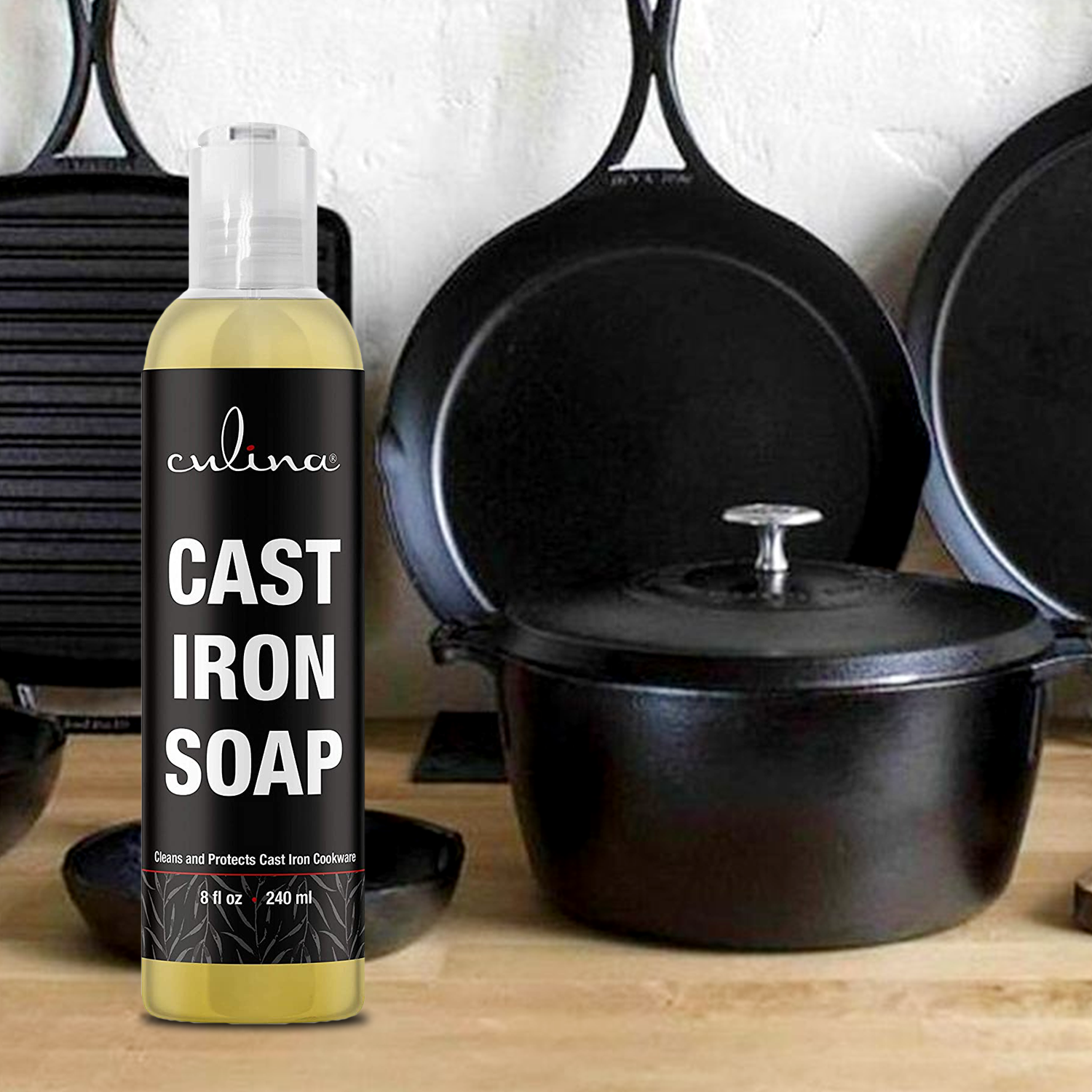When it comes to cooking, having the right tools can make a huge difference. Many people often use the terms skillet and frying pan interchangeably, but are they really the same? This article aims to resolve this common kitchen conundrum.

1. What is a Skillet?
A skillet is a versatile cooking tool. It is typically made of heavy materials such as cast iron, stainless steel, or aluminum. Skillets usually have higher, sloped sides.
1.1 Benefits of Using Skillets
Skillets offer several advantages including even heat distribution and retention, which are ideal for searing and slow-cooking. They are also versatile for various cooking methods.
1.2 Different Types of Skillets
There are different types of skillets available in the market including cast iron skillets, stainless steel skillets, and non-stick skillets.

2. What is a Frying Pan?
A frying pan, on the other hand, is usually lighter and has lower sides compared to a skillet. Frying pans are perfect for quick cooking techniques.
2.1 Benefits of Using Frying Pans
Frying pans are known for their ability to cook food quickly and are generally easier to handle due to their lighter weight.
2.2 Different Types of Frying Pans
Frying pans come in various materials such as aluminum, stainless steel, and non-stick coatings.

3. Skillet vs Frying Pan: Key Differences
Understanding the key differences between a skillet and a frying pan can help you choose the right tool for your cooking needs.
3.1 Material Composition
Skillets are usually made from heavier materials like cast iron, while frying pans are often made from lighter materials.
3.2 Design and Structure
Skillets typically have higher, sloped sides, whereas frying pans have lower, more vertical sides.
3.3 Cooking Techniques
Skillets are ideal for slow-cooking and searing, while frying pans are perfect for quick cooking methods.
4. Which is Better: Skillet or Frying Pan?
Your choice between a skillet and a frying pan ultimately depends on your cooking needs and preferences.
4.1 Choosing Based on Cooking Style
If you prefer slow-cooking and even heat distribution, a skillet is your best bet. For quick cooking, a frying pan is more suitable.
4.2 Budget Considerations
Skillets are often more expensive due to their heavy-duty material, while frying pans are generally more affordable.
5. How to Maintain Your Cookware
Proper maintenance of both skillets and frying pans is essential for prolonged use.
5.1 Cleaning Your Skillet
Cleaning your cast iron skillet properly is crucial for its longevity. Avoid using harsh soaps.
5.2 Cleaning Your Frying Pan
For frying pans, use gentle cleaning agents to keep them in top condition.
For more tips on how to care for your cookware, visit this comprehensive guide.
6. Frequently Asked Questions
6.1 Can I Use a Skillet as a Frying Pan?
Yes, a skillet can be used as a frying pan for certain recipes, though the cooking time may vary due to the skillets material.
6.2 How Do I Choose Between a Skillet and Frying Pan?
Consider your cooking style and budget. Skillets are better for slow-cooking and searing, while frying pans are ideal for quick meals.
6.3 Are Non-Stick Skillets Worth It?
Non-stick skillets offer the convenience of easy cleaning, but they may not distribute heat as evenly as cast iron skillets.
As an Amazon Associate, I earn from qualifying purchases.
As an Amazon Associate, I earn from qualifying purchases.
